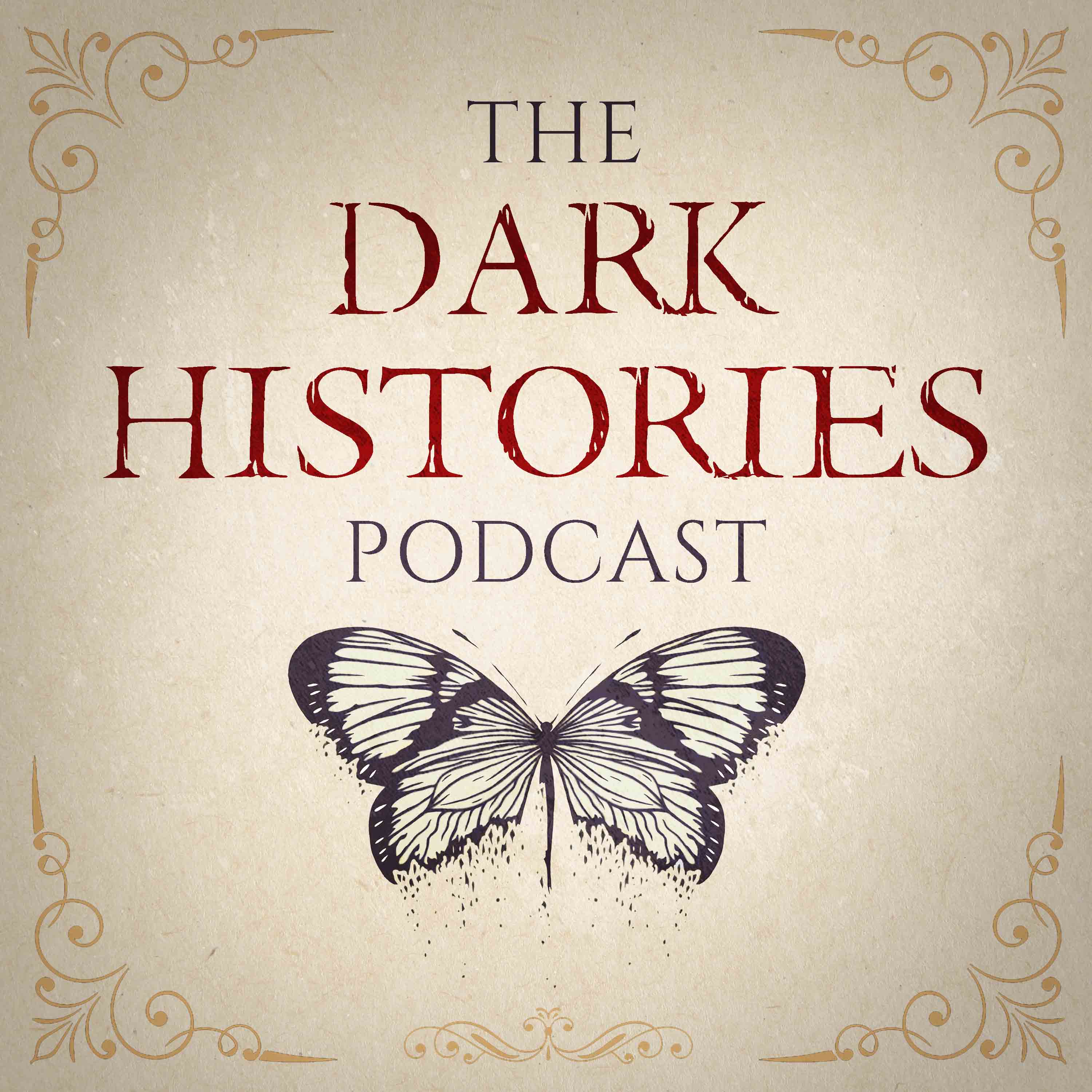Electricity, Galvanism & The Resurrection of Thomas Weems
Description
In 1818 Mary Shelley published her infamous novel, “Frankenstein; or, The Modern Prometheus”. More than just a work of gothic fiction, it represented a host of fears and concerns that the public held after viewing experiments by the natural philosophers of the day. In the same year, in a lecture theatre in Glasgow, the dissection and supposed resurrection of an executed criminal took place. As electrodes were placed on the body, it jumped and danced, its fingers moved “nimbly, like those of a violin player,” all for the amazement of the excited audience members. It was the dawn of electricity and a period of wild experimentation in an age of divisive and dangerous theories. SOURCES
Rhys Morus, Iwan (2011) Shocking Bodies: Life, Death & Electricity in Victorian England. The History Press, UK.
Oxford University & City Herald (1918) Country News. Oxford University & City Herald, Sat 15 May 1918. p4. Oxford, UK.
Oxford University & City Herald (1918) Shocking Murder. Oxford University & City Herald, Sat 15 May 1918. p4. Oxford, UK.
Cambridge Chronicle & Journal (1918) Execution of Weems. Cambridge Chronicle & Journal, Fri 13 Aug 1918. p3. Cambridge, UK.
Cambridge Chronicle & Journal (1918) Trial For Murder. Cambridge Chronicle & Journal, Fri 6 Aug 1918. p3. Cambridge, UK.
Haley, Christopher D., & Archer, Mary D. (2005) The 1702 Chair of Chemistry at Cambridge: Transformation and Change. Cambridge University Press, Cambridge, UK.
Mackenzie, Peter (1865) Reminiscences of Glasgow & The West of Scotland. John Tweed, Glasgow, UK.
Rhys Morus, Iwan (2009) Radicals, Romantics & Electrical Showmen: Placing Galvanism at the End of The English Enlightenment. Notes and Records of the Royal Society of London, Vol. 63, No. 3, Thomas Beddoes, 1760-1808 (20 September 2009), pp. 263-275. Royal Society Publishing, UK.
Bostock, John (1818) An account of the history and present state of galvanism. Baldwin, Cradock, and Joy, London, UK
-------
This episode is sponsored by BetterHelp. Give online therapy a try at betterhelp.com/darkhistories and get on your way to being your best self.
-------For almost anything, head over to the podcasts hub at darkhistories.com
Support the show by using our link when you sign up to Audible: http://audibletrial.com/darkhistories or visit our Patreon for bonus episodes and Early Access: https://www.patreon.com/darkhistories
The Dark Histories books are available to buy here: http://author.to/darkhistories
Dark Histories merch is available here: https://bit.ly/3GChjk9
Connect with us on Facebook: http://facebook.com/darkhistoriespodcast
Or find us on Twitter: http://twitter.com/darkhistories
& Instagram: https://www.instagram.com/dark_histories/
Or you can contact us directly via email at [email protected]
or join our Discord community: https://discord.gg/cmGcBFf
The Dark Histories Butterfly was drawn by Courtney, who you can find on Instagram @bewildereye
Music was recorded by me © Ben Cutmore 2017
Other Outro music was Paul Whiteman & his orchestra with Mildred Bailey - All of me (1931). It's out of copyright now, but if you're interested, that was that.
More Episodes
In 1741, amidst the treacherous waters of Cape Horn, on the southernmost tip of South America, the British warship HMS Wager pushed through a violent storm, hoping to carry out a mission against the Spanish to alleviate them of one it’s trade ships, enriched with gold and silver, and bring the...
Published 06/10/24
Published 06/10/24
In the last twenty-five years, ghost hunting has entered something of a golden age, with all sorts of technology playing its part and filling up an investigators kit bag. Cameras, EMF metres, InfraRed thermometers and spirit boxes all help to carve a science out of a difficult premise, with...
Published 05/26/24


